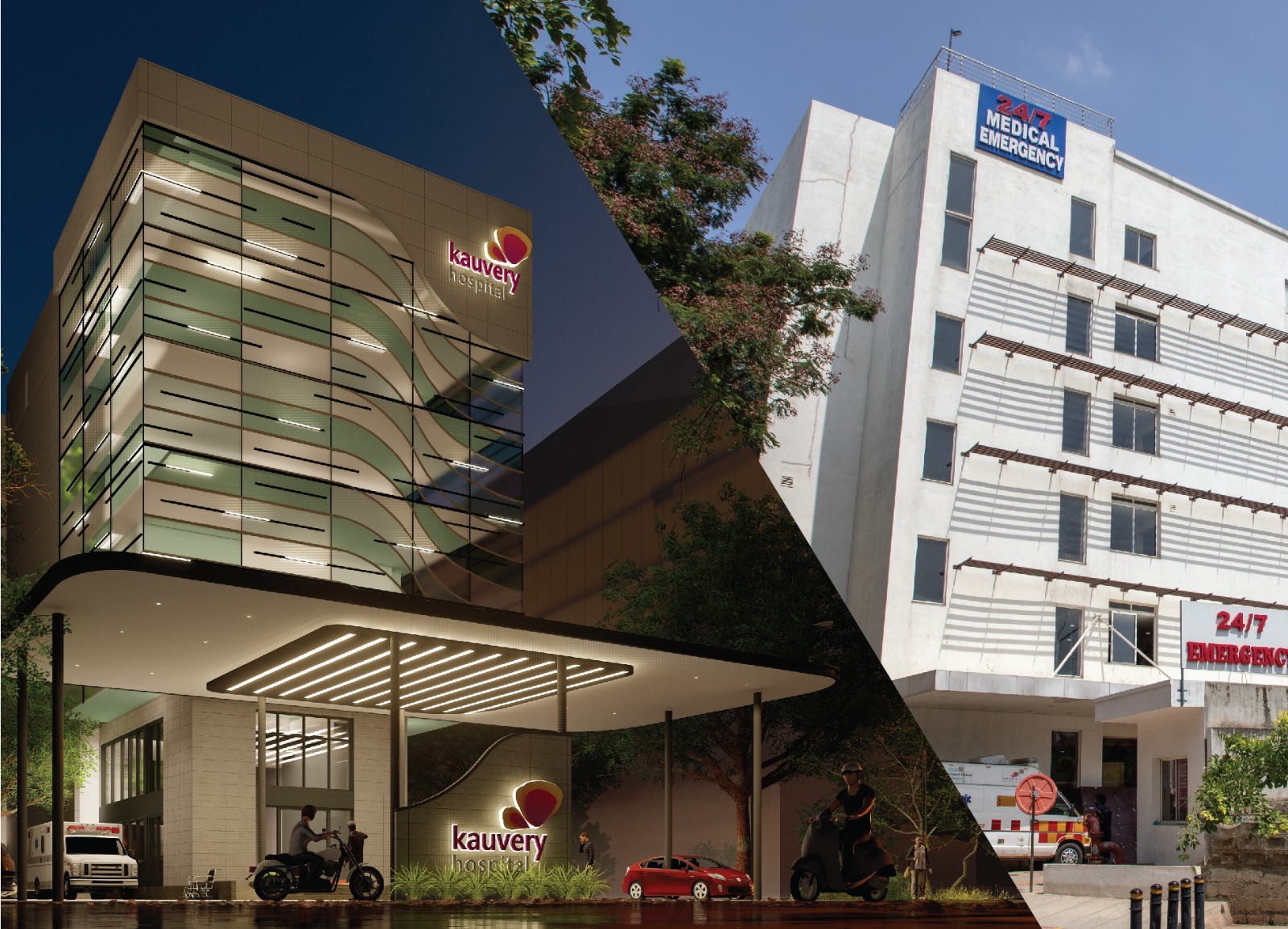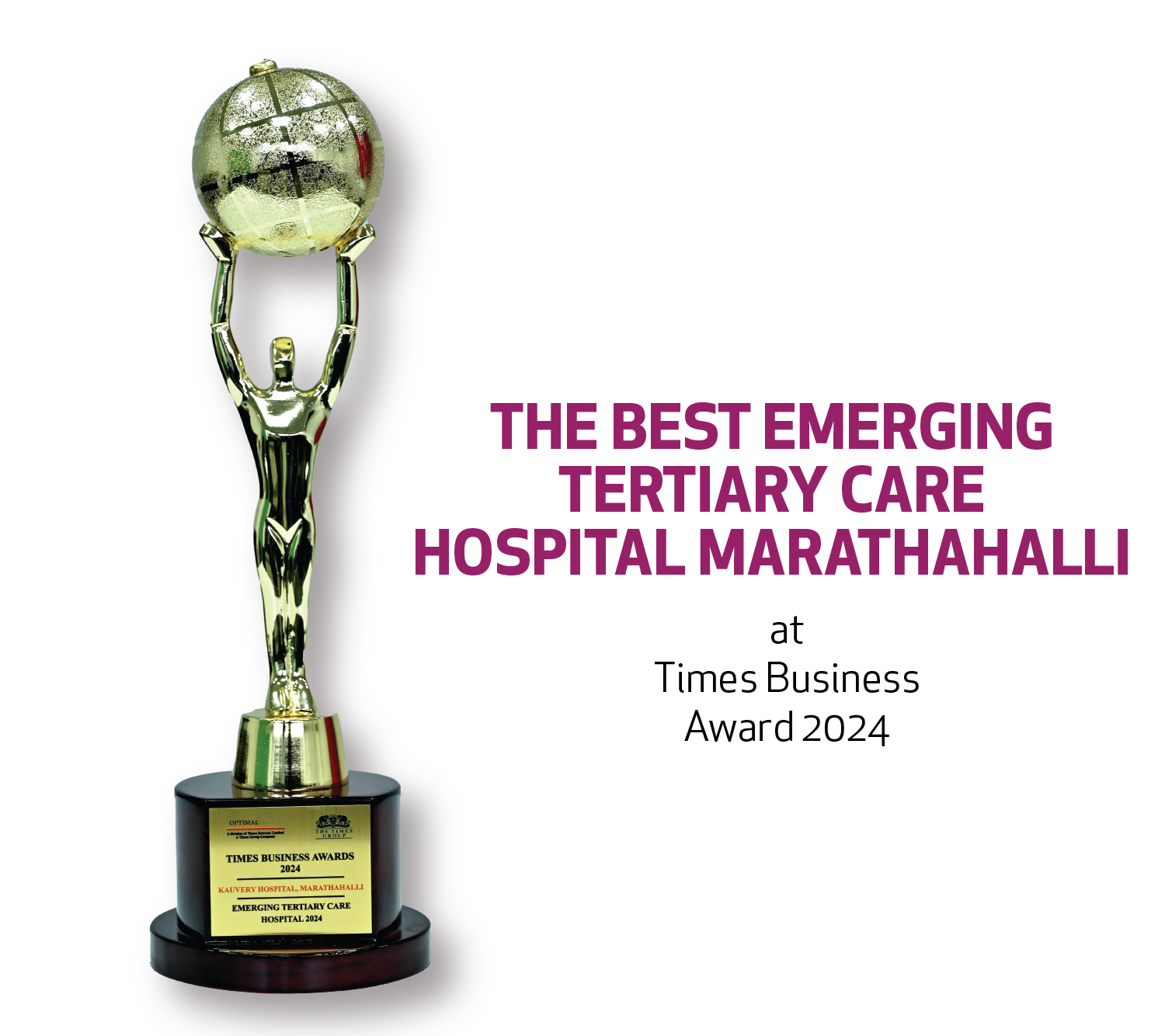
Spinal Fusion
Stabilises the spine by fusing two or more vertebrae together, reducing pain and improving mobility in conditions like degenerative disc disease.

Laminectomy
Removes part of the vertebra called the lamina to relieve pressure on the spinal cord or nerves, often used to treat spinal stenosis.

Discectomy
Removes herniated disc material that is pressing on a nerve root or the spinal cord, alleviating pain and restoring function.

Microdiscectomy
A minimally invasive procedure to remove portions of a herniated disc, reducing nerve compression and promoting faster recovery.

Spinal Decompression
Involves removing bone or tissue to relieve pressure on spinal nerves, treating conditions like spinal stenosis and herniated discs.

Vertebroplasty
Injects bone cement into fractured vertebrae to stabilise the spine and relieve pain, commonly used for compression fractures.

Kyphoplasty
Similar to vertebroplasty, but involves inflating a balloon in the vertebra before cement injection, restoring height and stability.

Scoliosis Surgery
Corrects abnormal curvature of the spine using rods, screws, and bone grafts to realign and stabilise the spine.

Spinal Tumour Surgery
Removes tumours from the spinal cord or vertebrae, relieving pressure and preventing further neurological damage.

Minimally Invasive Spine Surgery
Utilises small incisions and specialised instruments to perform spine surgery with less tissue damage and quicker recovery.

Artificial Disc Replacement
Replaces damaged spinal discs with artificial ones to maintain spine mobility and reduce pain from degenerative disc disease.

Cervical Spine Surgery
Addresses issues in the cervical spine (neck), such as herniated discs or stenosis, through various surgical techniques to relieve pain and improve function.

















